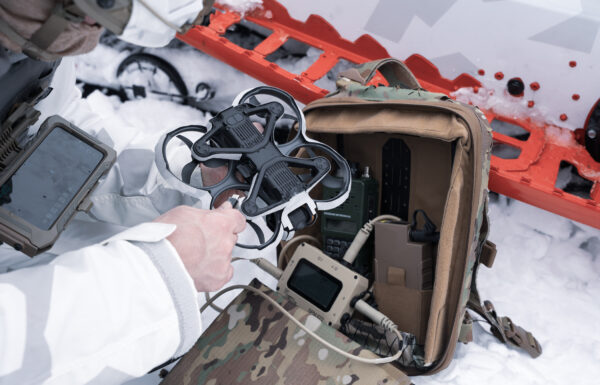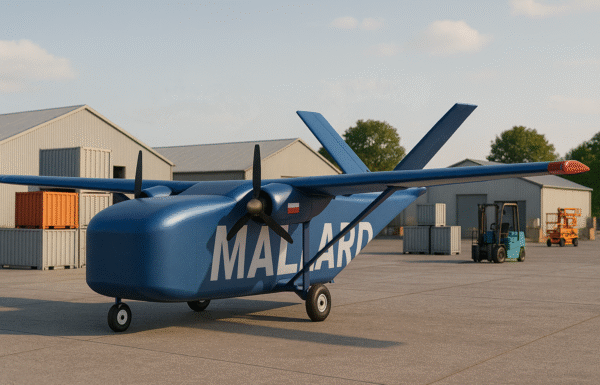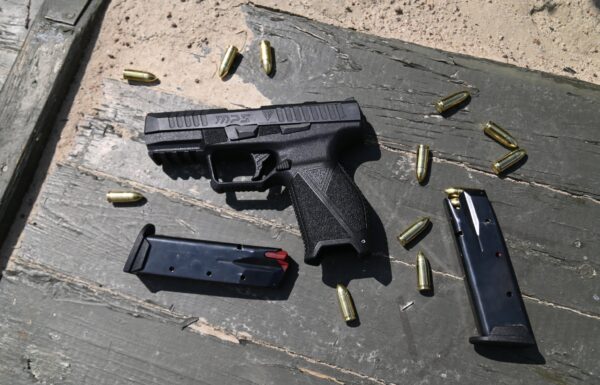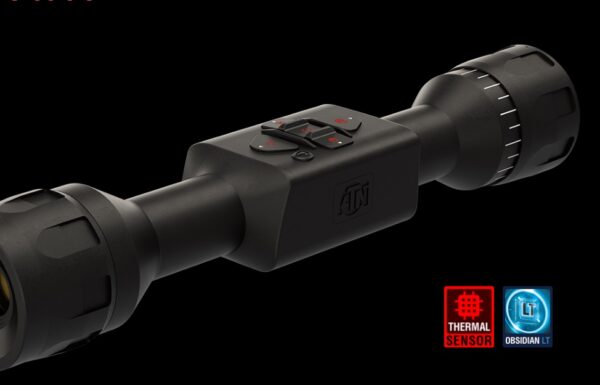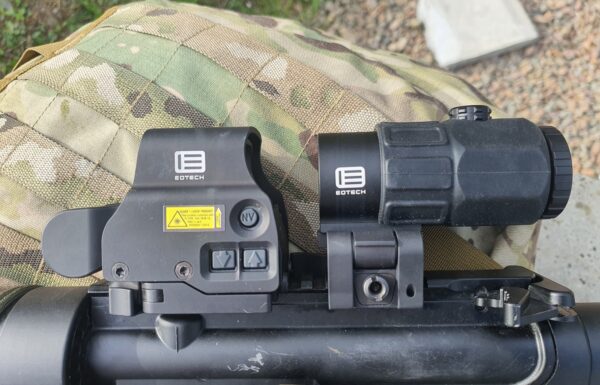On Sunday, February 16, 2025, the first clear photograph of a Ukrainian Lockheed Martin F-16AM Fighting Falcon multirole aircraft carrying satellite-guided GBU-39/B SDB I (Small Diameter Bomb) glide bombs was published on the NIP “Tysk” channel on Telegram. Previously, on February 10 of this year, a video of the flyover had also appeared.
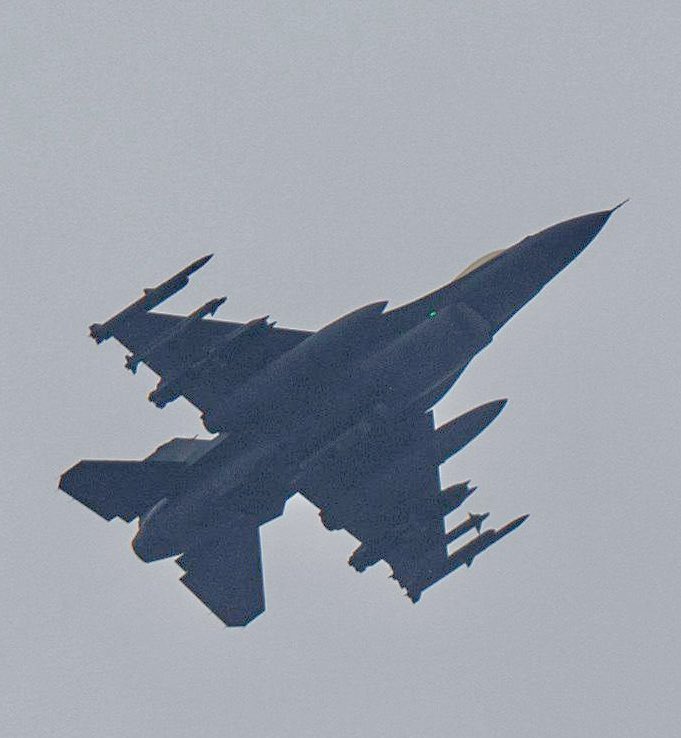 Photo: NIP «Tysk» via Telegram
Photo: NIP «Tysk» via Telegram
According to the published photograph, the single-seat F-16AM is carrying two AIM-120B AMRAAM (Advanced Medium-Range Air-to-Air Missile) medium-range missiles and two AIM-9L/M Sidewinder short-range missiles (Ukraine also possesses newer AIM-120C and AIM-9X missiles, but the latter are designated for NASAMS systems – editor’s note), along with eight GBU-39/B SDB I bombs and an AN/ALQ-131 electronic warfare pod. The notable addition to the Ukrainian F-16 configuration is, of course, the inclusion of these glide bombs. Previously, they had been integrated with Ukraine’s MiG-29 and Su-27 aircraft.
It is unclear when the GBU-39/B SDB I bombs were delivered to Ukraine. However, a potential clue lies in the term “precision aerial munitions,” which, while not explicitly specified, was included in U.S. military aid packages during Joe Biden’s presidency: the 67th package on July 29, 2024, the 63rd on May 24, the 62nd on May 10, and the 61st on April 26. Although this terminology also appeared in the 52nd package on October 11, 2023, the 44th on June 27, the 41st on May 31, and the 37th on April 19, there is no information indicating that such munitions were used in 2023.
The Russians were the first to report the use of these bombs by Ukrainian forces on Su-27 and MiG-29 aircraft. They first mentioned it in their daily combat report on Ukraine on March 2, 2024 (in the context of shooting down two of them). On May 10, 2024, they claimed to have shot down as many as 30, but there is no evidence to support this claim.
These bombs were introduced into service in 2005, initially with the U.S. Air Force (USAF). Due to their 129 kg weight, they can be carried in groups of four on a multiple ejector rack. As glide bombs, they can strike stationary targets at a distance of over 110 km from the release point. Their small 16 kg warhead, loaded with AFX-757 explosive, combined with a precision of 5-8 meters, also helps minimize collateral damage.
Interestingly, these bombs are also a component of the GLSDB (Ground-Launched Small Diameter Bomb) precision artillery munition, where they are combined with the M26 DPICM (Dual-Purpose Improved Conventional Munition) rocket motor—which has also been supplied to Ukraine.
On September 30, 2024, the American company Boeing received a multi-year contract worth 6.9 billion USD from the U.S. Department of Defense for the production of these bombs.
Earlier today, footage emerged of what is possibly the first sighting of a Ukrainian Air Force F-16AM Fighting Falcon on a strike mission, making a low-level pass.
These are the first images of a Ukrainian Falcon sporting a full loadout of US-supplied GBU-39 SDB glide bombs. pic.twitter.com/QTyoBffEJX
— OSINTtechnical (@Osinttechnical) February 10, 2025
Ukrainian Air Force F-16AM Fighting Falcon returning from a combat air patrol, having expended one of its AIM-120C-series AMRAAM missiles.
Appears to be the first confirmation that Ukrainian Falcons are sporting the more advanced and longer-ranged C-series AMRAAMS. pic.twitter.com/oK7TLUOCbW
— OSINTtechnical (@Osinttechnical) February 11, 2025


